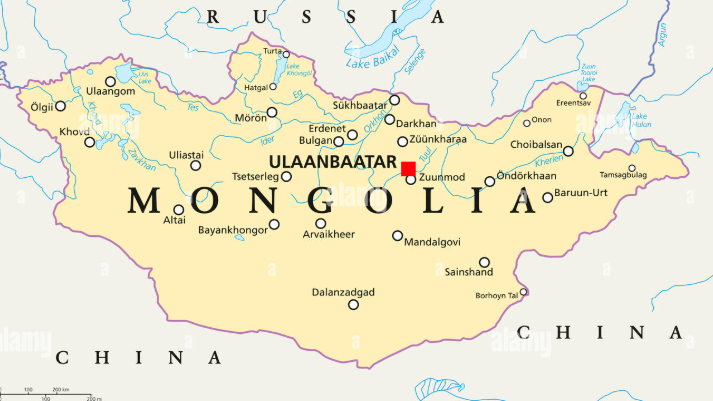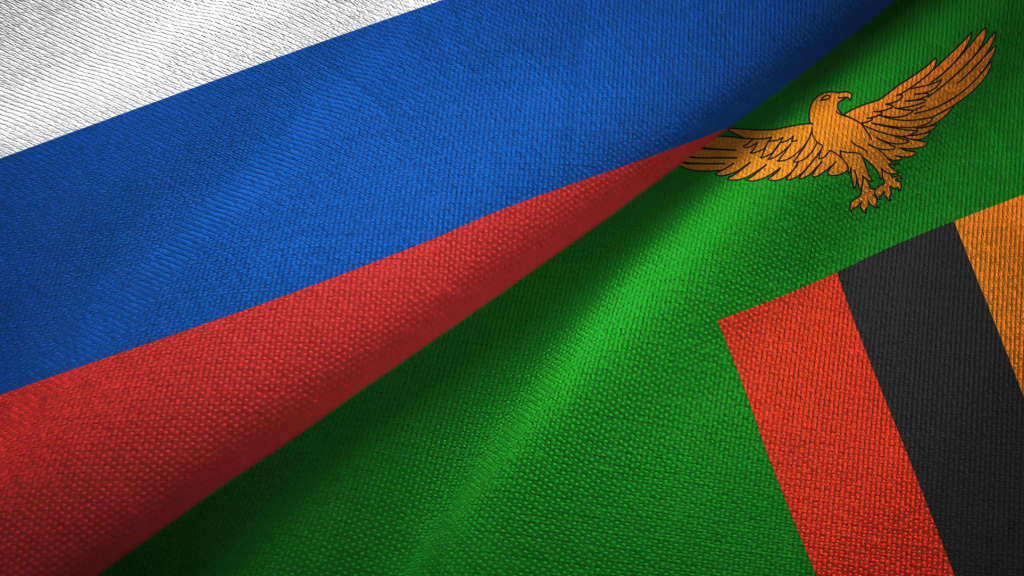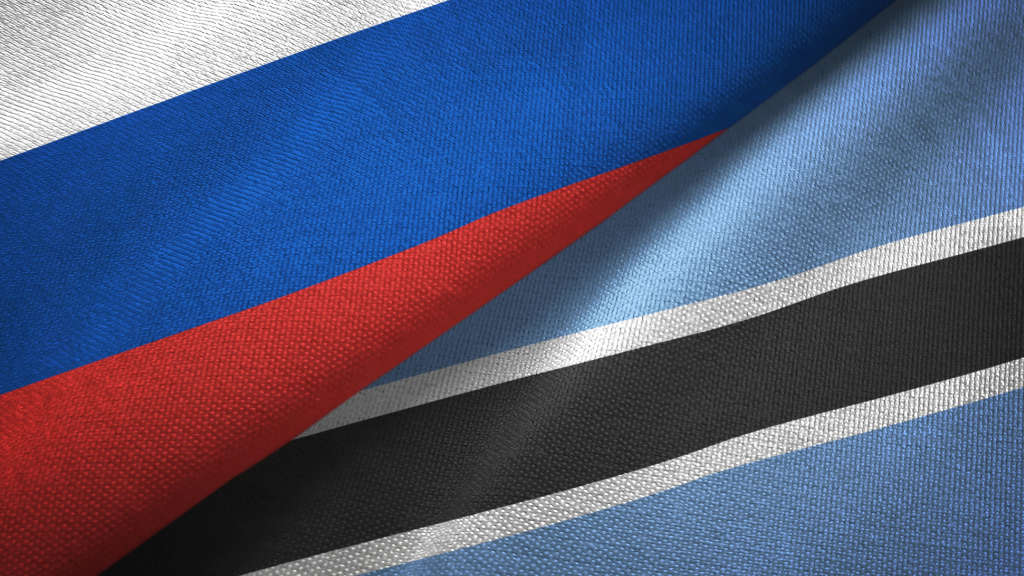The Mongolia-Eurasian Economic Union (EAEU) free trade agreement is to be signed off at the end of this month. To prepare, PJSC Russian Post and Mongol Post, the Mongolian postal operator, plan to develop postal solutions, including expedited rail and air delivery and developing e-commerce channels and logistics centers operating between the two countries.
According to the Russian Post service, which issued confirmations following meetings with Mongol Post, the two parties are working on several agreements in commerce and multimodal logistics. Special attention was given to potentially launching a joint money transfer system, developing infrastructure at border checkpoints, and expanding cross-border traffic from Japan and South Korea through Mongolia.
Postal flows between Russia and Mongolia have remained stable in recent years, with services in demand from both individuals and businesses. The average weight of corporate shipments is 1.6 kg, with EMS International being the most popular postal option (93.5% of all shipments). Companies mainly send documents and product samples. Private individuals most frequently mail personal items—clothing and footwear, cosmetics, souvenirs, books, household goods, toys, coffee, tea, sweets, and other items.

While there has been some pushback in Mongolia against the free trade agreement, such attitudes are not uncommon when such agreements are first introduced. In fact, the dynamics suggest that Mongolian exports have a tremendous opportunity—the population of the Eurasian Economic Union (EAEU) is 168 million against Mongolia’s 3.5 million—a huge market. The EAEU includes Armenia and Belarus, while close regional markets include Kazakhstan and Kyrgyzstan. Mongolia and Russia, meanwhile, share a 3,485 km border with ten official border crossings. Existing ones are being expanded, and new ones being constructed.
Mongolia’s bilateral trade with the EAEU is a small part of its overall trade picture and totals a bit more than US$3 billion of Mongolia’s total multilateral annual trade of US$27.4 billion, or roughly 10% of its total international trade. These are the bilateral figures:
Mongolia’s 2024 Bilateral Trade With EAEU Countries & Main Mongolian Exports
| Country | Value | % Of Total Trade | Primary Mongolian Exports |
| Armenia | US$520,000 | 0.001% | Tooling |
| Belarus | US$70 million | 0.25% | Fluorspar, Cashmere |
| Kazakhstan | US$150 million | 0.54% | Horse Meat, Mining Equipment* |
| Kyrgyzstan | US$3 million | 0.01% | Horse Meat, Vehicles** |
| Russia | US$2.8 billion | 10.2% | Feldspar, Woo |
*secondhand third-party equipment
**third-party autos from China
Mongolia’s main trade partner is China, responsible for about 65% of all Mongolia’s total international trade and 84% of all Mongolian exports. The Mongolia-EAEU FTA should help redress the overall imbalance and reliance of Mongolian trade with China. However, as can be seen, the onus is on Mongolian producers and exporters to properly research the EAEU and understand what Mongolian products are suitable for EAEU consumers instead of relying on traditional trade items.
Of note is the Russian Post observation that services to be conducted jointly with Mongol Post will include transshipments from Japan and South Korea, implying that third-party trade from these countries via Mongolia to Russia is also expected to increase. Russia’s FESCO has also introduced a trans-Mongolia route from China, while the Power of Siberia 2 pipeline between Russia and China also passes through the country. That is expected to be operational by 2027. Mongolian logistics services will be another significant growth area.
The Russian Prime Minister, Mikhail Mishustin, said last September that “Russia is giving a lot of attention to expanding trade and economic cooperation with Mongolia. In particular, our trade volume increased by 21% in January-August this year,” while saying that the bilateral intergovernmental commission on trade and economic cooperation is very active. “There are many projects here. We are working together on strategies in the sphere of energy, industry, and agriculture.”
For more Mongolia business intelligence, please click here
Further Reading






